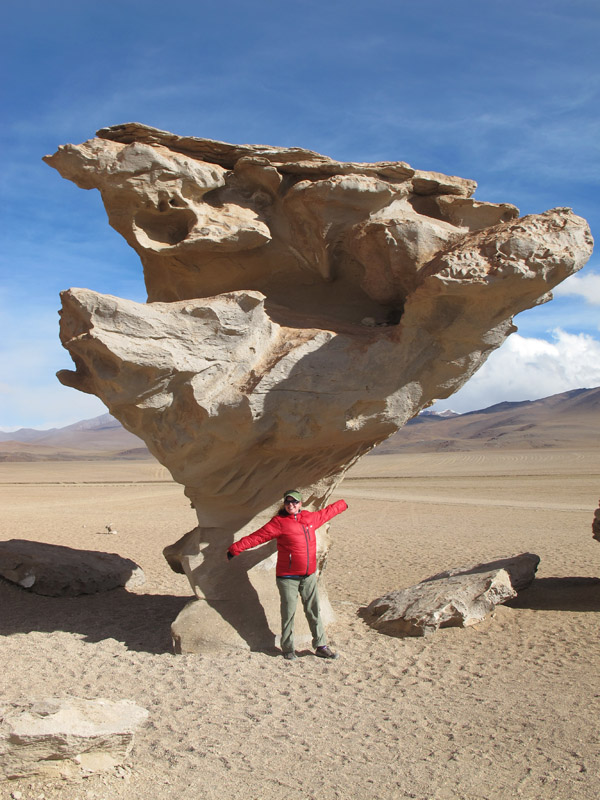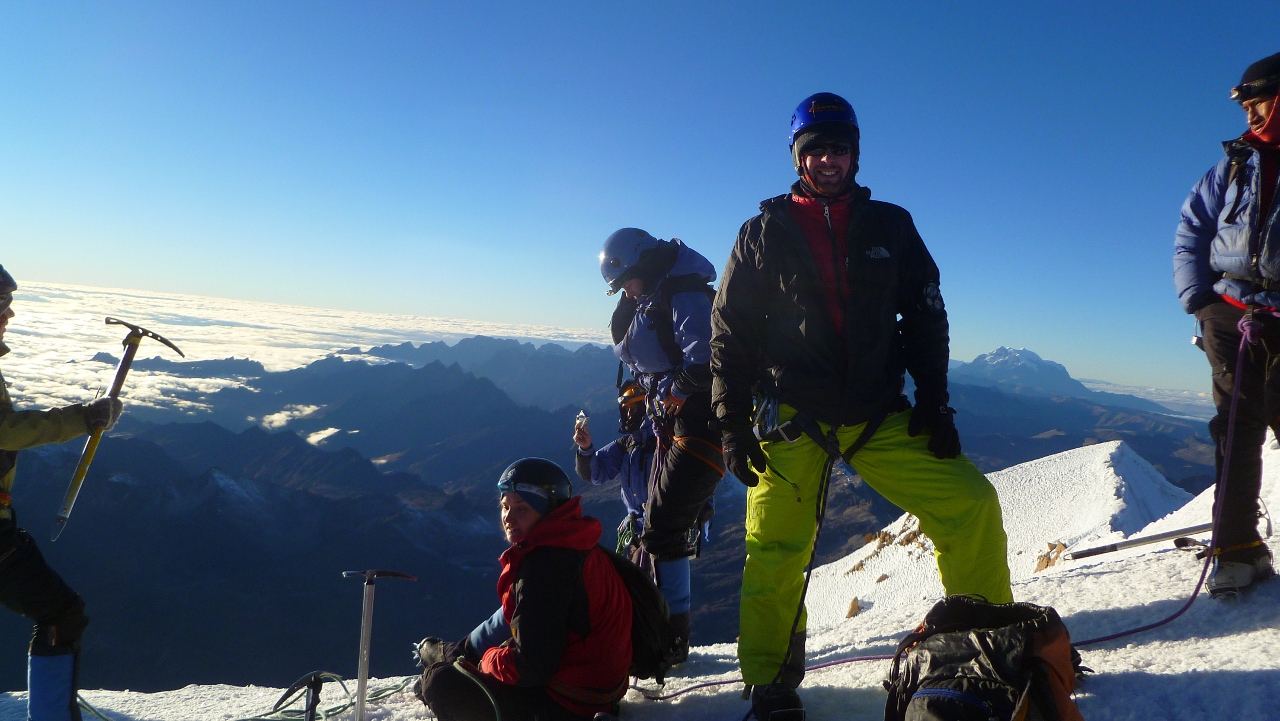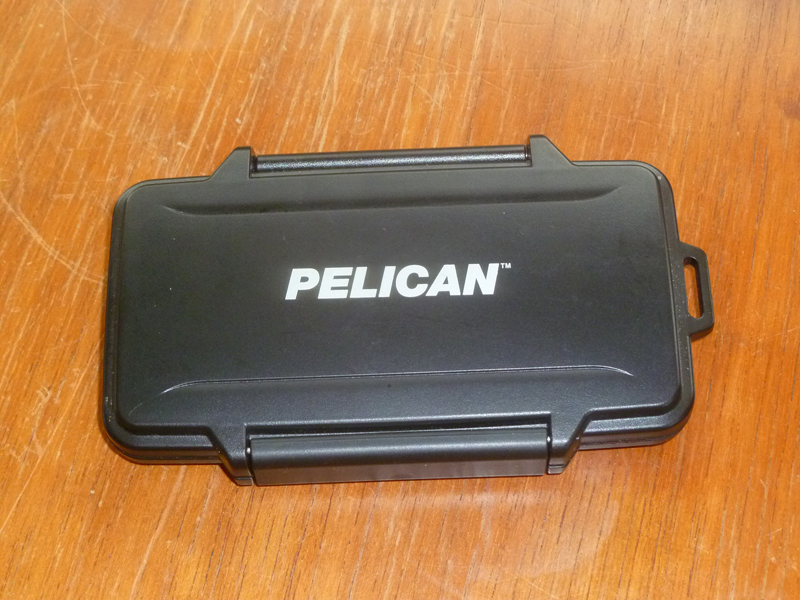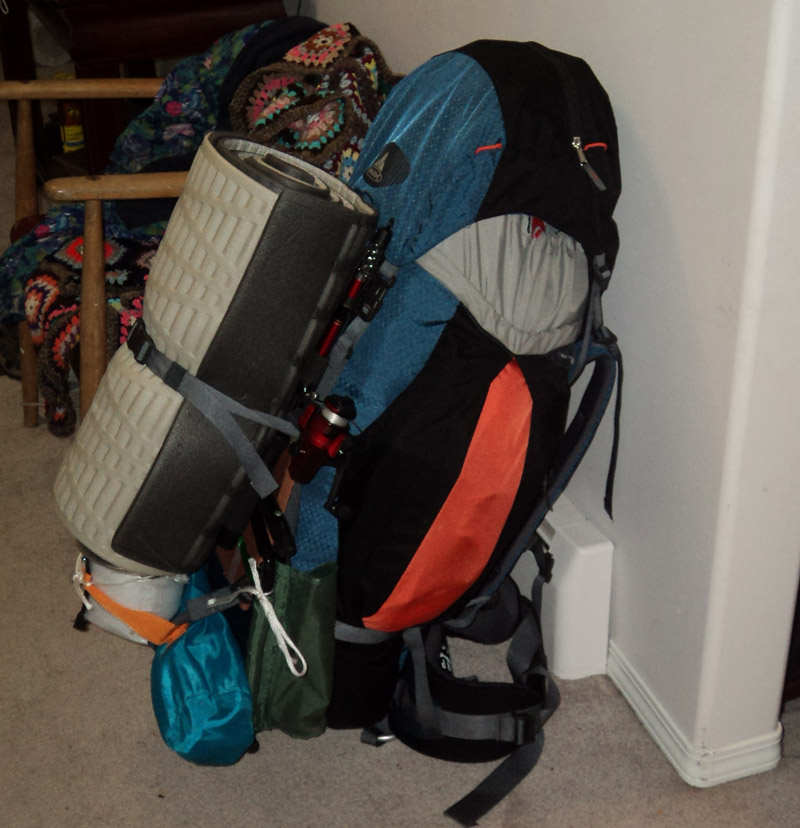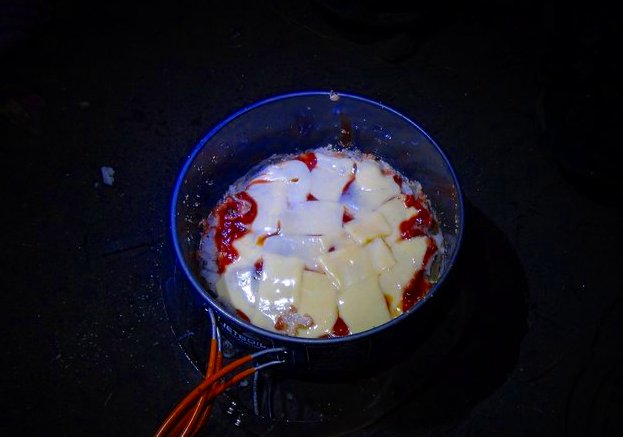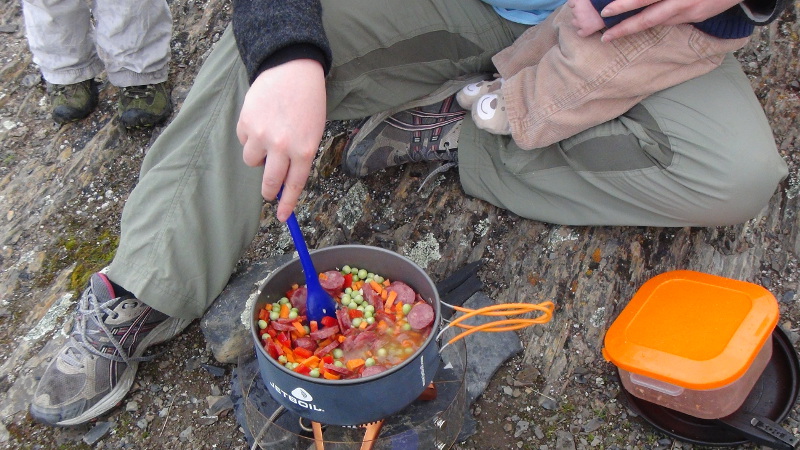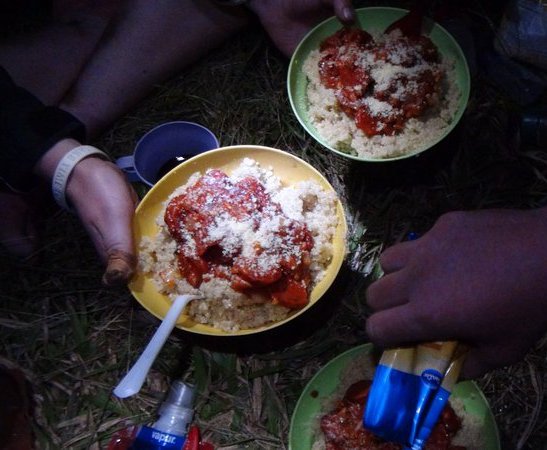Two years ago I was looking for a lightweight, compact, warm jacket at a reasonable price. After a lot of research and the promise that I could choose my birthday present, I picked up the Golite Beartooth down jacket. At the time it was less than $70 so it was an easy choice for a reasonably high lofting down jacket. I’ve had 2 years to test it so I figured it was worth a review.
Golite has update the jacket adding an extra 2 ounces (now 18 ounces), so here are the current specs:
- 650 fill power goose down
- 130 g of fill
- 100% polyester DWR outer
- 100% polyester inner
- Included stuff sack
- Micro chamois chin liner
- 2 exterior zip hand warmer pockets
- 1 zip exterior chest pocket
- 1 interior zip chest pocket
- Suggested price: $200
- Actual current price on Golite: $59.99
And now for my thoughts.
As I’ve said, I’ve had the jacket for about 2 years. In that time my wife and I have taken it up to nearly 20000 feet, to salt flats and well below freezing, in rainy, tropical climates and more. We’ve really put it through its paces.
My version of the jacket comes in at 16 ounces (1 pound) and for such a light weight it does a great job of keeping me warm. The hand warmer pockets are a savior. they honestly feel like heated pockets. I make great use of them.
The lightweight polyester liner does a great job breathing, but has its downside. When I active in it I never work up a sweat, unless I have a waterproof shell on. In that case the moisture obviously can’t escape and the jacket gets damp. The one downside of the lightweight polyester is that it occasionally sheds feathers. That’s a combination of the lightweight fabric and 650 down. It doesn’t she a lot, but you will see the odd white piece of fluff creeping through the jacket.
To save weight, they’ve use lighter weight zippers. It was a good move for the pockets, but for the main zipper I think a slightly heavier zipper would have helped prevent snags and catching. One thing I really like is that the zipper is 2 way. You can unzip from the top or bottom. It’s great for getting access to pockets, or as my 8 month pregnant wife found, great for making child number 4 a bit more comfortable.
Having the micro chamois around the collar was a simple, but great decision, especially for bearded men (or women for that matter). I’ve had a few jackets where beard hair scratches the jacket or gets caught in the fabric. It’s not a problem with the beartooth down jacket.
One thing I found on my 2010 edition jacket is that it is a bit short on the length and arms. I’m an average medium and when I lift my arms my wrists are a bit exposed and breezes can come in around my waist (despite the shock cord waist band).
People talk about down being a pain for wet weather. I have gotten mine wet a few times, but the lightweight shell allows it to dry very quickly. Hanging it up in a breeze or in front of a heater dries it out in no time.
A huge benefit is how small it packs down. You can squish it down incredibly small for packing (about the size of a softball in a compression sack) and know you’ve got a ton of warmth for when you need it.
Conclusions:
The Beartooth down jacket is an excellent entry level down jacket. It’s packable and warm and a great choice for someone on a budget.
What I like:
- Weight
- Warmth
- pack-ability
- Price ($60 for a 650 down jacket!)
Improvements (that may have been made already)
- Runs a bit small
- Sheds small amounts of down
- Main zipper catches from time to time
Check out the video below to see the jacket in action. What Golite gear do you own? Are you happy with Golite as a brand?
 The Outdoor Adventure Giving you tips, tricks & recommendations to help make adventuring in the Outdoors fun, safe & exciting for you and your kids.
The Outdoor Adventure Giving you tips, tricks & recommendations to help make adventuring in the Outdoors fun, safe & exciting for you and your kids.
